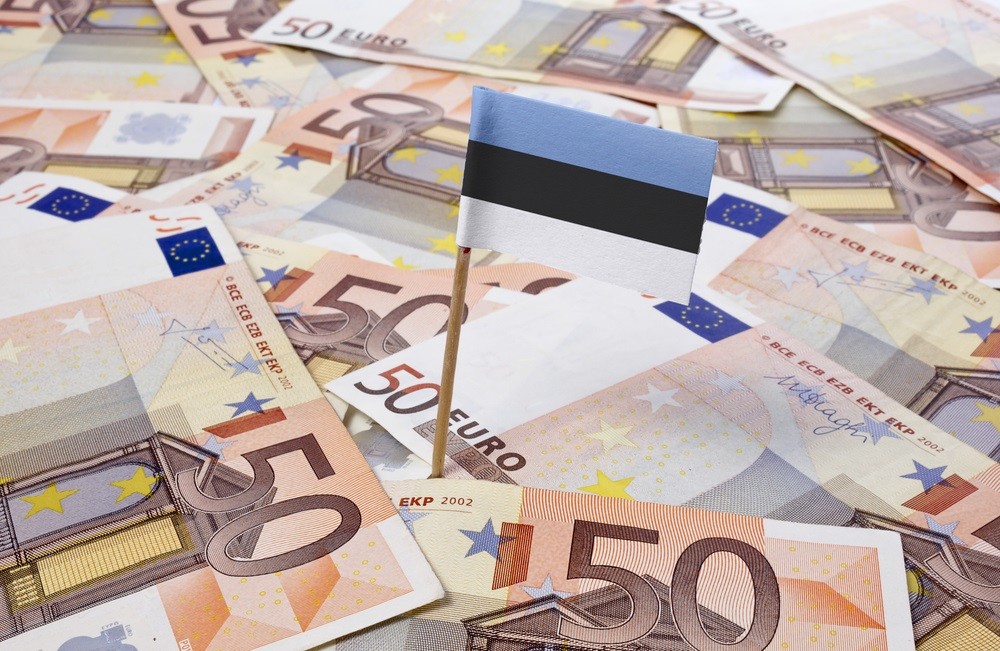The latest economic forecast by Swedbank shows that the deepening economic recession has carried over from the end of last year into the first half of 2023 and the Estonian GDP is set to decrease 0.8 per cent at constant prices this year.
Reduced purchasing power is estimated to limit private consumption and weakened external demand enables businesses to export less. In addition, rapid growth in producer and export prices has reduced the competitiveness of Estonian export.
The general confidence of the Estonian economy is below the long-term average, but its decline has stabilised and the confidence of households has bottomed out and is improving gradually. This is due to reduced inflation expectations of households and an improved outlook on their financial situation, the bank announced.
The labour market should remain strong in the next few years, according to Swedbank. The employment rate rose to the highest ever level last year and remains high despite the bank forecasting a small decrease. Unemployment is not projected to rise to alarming levels due to the economy growing moderately at current prices.
Swedbank forecasts that the unemployment rate will rise to 6.8 per cent this year and decrease to 6.1 per cent next year as the economic situation improves.
The average salary projected to continue its growth
Despite several negative factors, the high employment rate has a positive impact on demand and economic growth; however, it will also maintain the high speed of salary growth. While last year, the average gross salary grew nearly nine per cent, the growth is estimated to continue at 8.7 per cent this year and at seven per cent in 2024, according to the bank.
The slowdown in inflation is projected to continue, Swedbank said. The current slowdown in core inflation is attributable to rapid decrease in energy prices and the base effect, and even though core inflation has yet to show any significant signs of slowing down, surging interest rates, reduced demand and a slower rise in producer and import prices should start decelerating it.
Price growth is estimated to slow down to 10 per cent this year and to 4.3 per cent in 2024. Price growth will be decelerated most by energy becoming cheaper, which will first and foremost affect household and transport costs.
Swedbank predicts that Estonia’s GDP will decrease 0.8 per cent at constant prices this year. Economic growth should resume in the second half of this year and the bank expects a GDP increase of 2.3 per cent next year. Although the Estonian economy will remain in decline this year at constant prices, it will continue to increase at current prices. However, at current prices, growth this year and the next will be below the long-term average.

